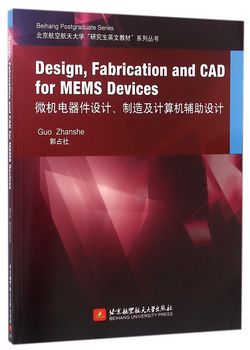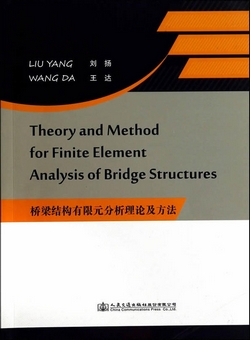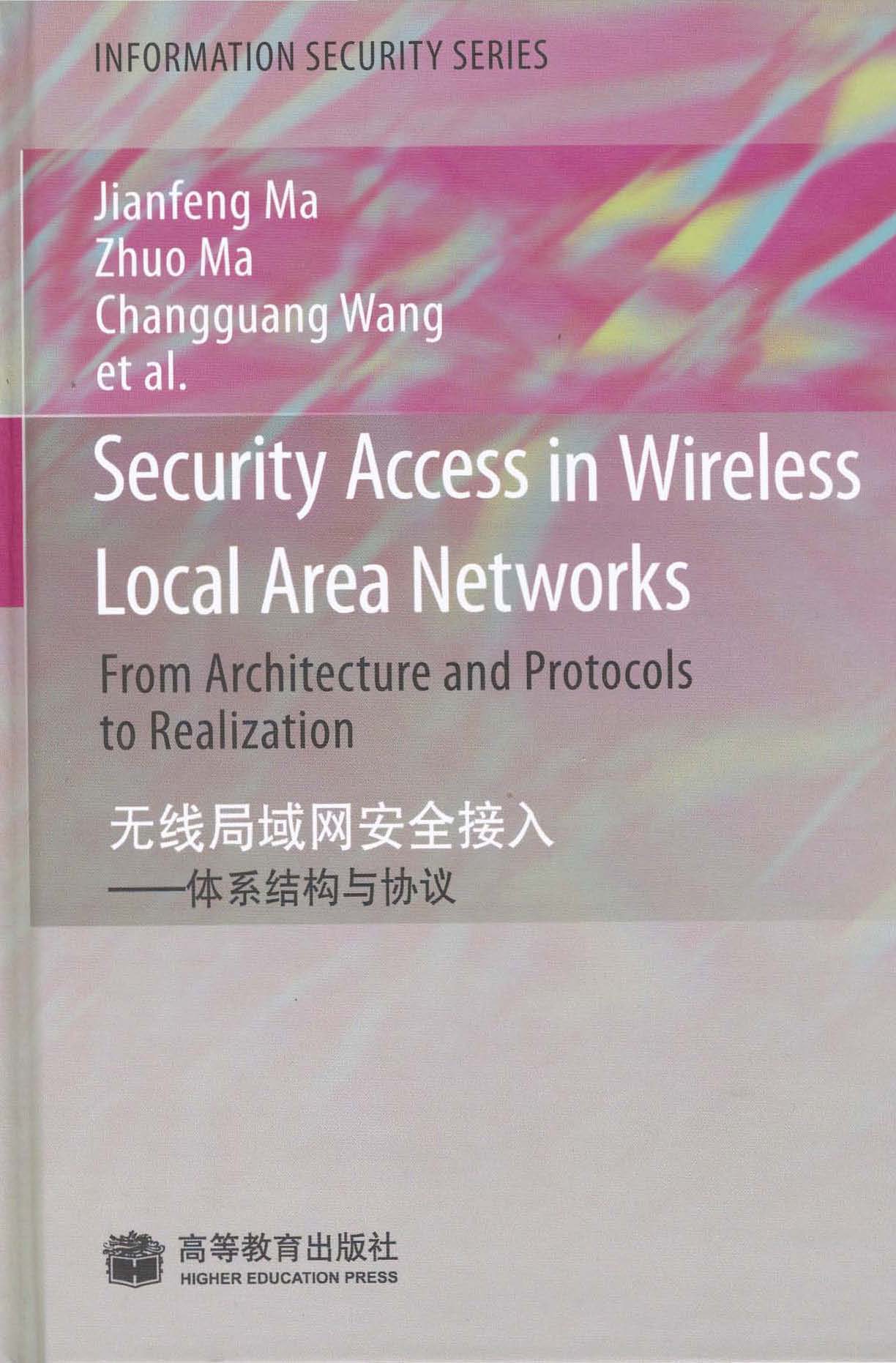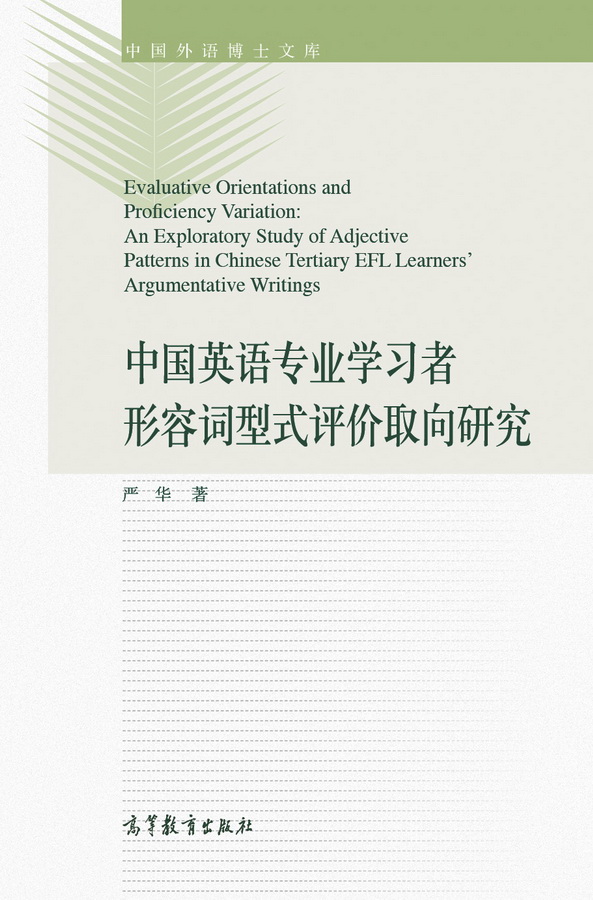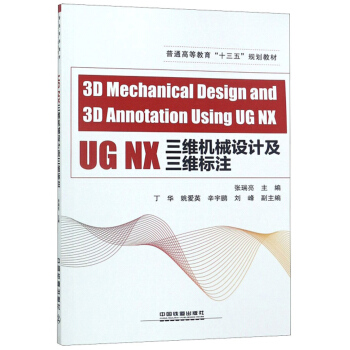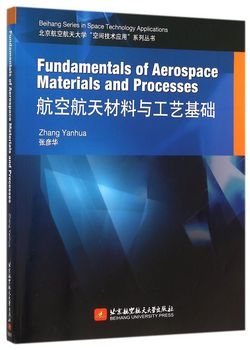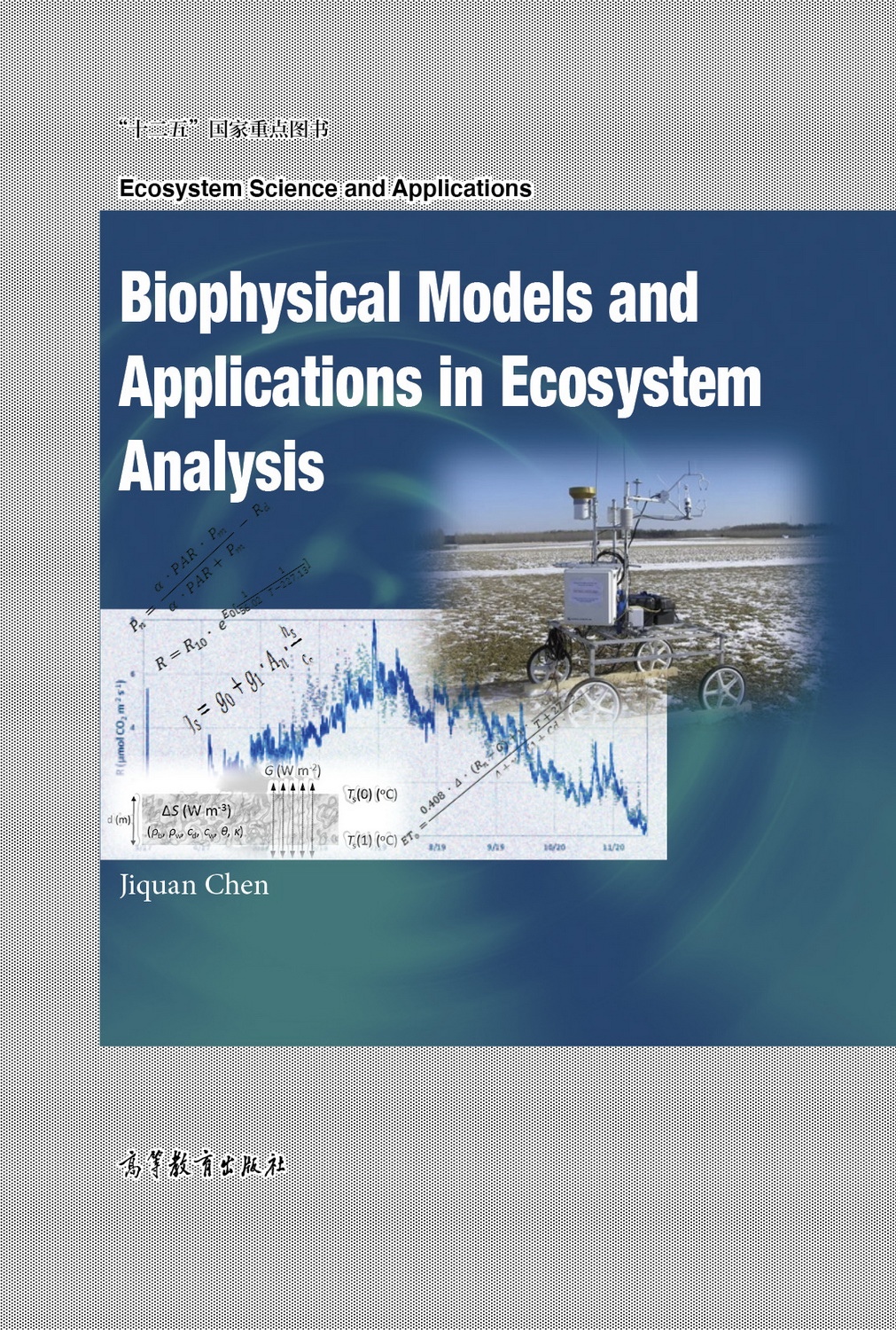微机电器件设计、制造及计算机辅助设计
定价:¥65.00
作者: 郭占社
出版时间:2016-06
出版社:北京航空航天大学出版社
- 北京航空航天大学出版社
- 9787512421097
- 1-1
- 85824
- 61252108-8
- 平装
- 16开
- 2016-06
- 392
- 280
- 工学
- 计算机类
- TN4
- 计算机辅助设计
- 本科
内容简介
郭占社编著的《微机电器件设计制造及计算机辅助设计(英文版)/北京航空航天大学研究生英文教材系列丛书》讲述了:This book firstly introduces the pertinent fundamental theory, important material and fabrication processof micro-electromechanical systems. Based on these theories, the design rule and important engineeringexamples are described in detail. Then, many engineering applications for MEMS including the accelerationmeasurement, the angular speed measurement and the pressure measurement are introduced. Finally, finiteelement method is introduced in order to prove the correctness of the design. This engineering application ofsimulation includes the static and modal analysis of the beam, capacitance analysis, thermal-structure analysisof the device and faiigue analysis etc.
It can be selected as the reference to the postgraduates, undergraduates and pertinent engineering staffwhose research directions are instrumentation science and technology, control science and engineering,mechanical engineering etc.
It can be selected as the reference to the postgraduates, undergraduates and pertinent engineering staffwhose research directions are instrumentation science and technology, control science and engineering,mechanical engineering etc.
目录
Chapter 1 Introduction
1.1 Concept of MEMS
1.2 Development of MEMS
1.3 MEMS CAD
Chapter 2 Basic theory of MEMS
2.1 Theory of electrostatic MEMS comb actuators
2.1.1 Introduction
2.1.2 Operating principles
2.1.3 Plate capacitor theory in ideal condition
2.1.4 The modified model of MEMS plate capaciator
2.1.5 Calculation of electrostatic comb driving force in ideal situation
2.1.6 Weak capacitance detection method of electrostatic comb drive
2.2 Relevant theoretical calculations for the MEMS cantilever beam
2.2.1 Introduction
2.2.2 Theoretical calculation method for cantilever beam
2. 2. 3 Relevant theoretical calculation of axial tensile and compressive on single-end
clamped beams
2.2.4 Related theoretical calculations of double-end clamped beams axial tension
and compression
2.3 Membrane theory of MEMS
2.3.1 Theory of clamped around circular diaphragm
2.3.2 Theory of clamped around rectangular flat diaphragm
References
Chapter 3 MEMS materials
3.1 Monocrystalline silicon
3.1.1 Introduction
3.1.2 Crystal orientation of monocrystalline silicon
3.2 Polycrystalline silicon
3.3 Silica
3.4 Piezoelectric materials
3.4.1 Piezoelectric effect and inverse piezoelectric effect of materials
3.4.2 Quartz crystal
3.4.3 Piezoelectric ceramics
3.5 Other MEMS materials
3.6 Summary
Chapter 4 MEMS technology
4.1 MEMS lithography process
4.2 Key technology of MEMS lithography process
4.2.1 Wafer cleaning
4.2.2 Silicon oxidation
4.2.3 Spin coating process
4.2.4 Prebaking
4.2.5 Exposure
4.2.6 Development
4.2.7 Hardening
4.2.8 Fabrication of the SiO2 window
4.3 Subsequent process of MEMS
4.3.1 Bulk silicon technology
4.3.2 Surface silicon process
4.3.3 LIGA technology
4.3.4 Sputtering technology
4.3.5 Lift-off process
4.4 Film preparation technology
4.5 Bonding process
4.5.1 Anodic bonding process
4.5.2 Silicon-silicon direct bonding
4.5.3 Metal eutectic bonding
4.5.4 Cold pressure welding bonding
4.6 Engineering examples of combination for multiple processes to fabricate the MEMS device
4.6.1 Introduction
4.6.2 Engineering example of fabrication process for resonant MEMS gyroscope
4.6.3 Engineering example of electromagnetic micro-motor production process
4.7 Summary
References
Chapter 5 Friction wear and tear under micro scale
5.1 Off-chip testing method for micro friction
5.1.1 Micro-tribology test with the pin-on-disc measuring method
5.1.2 Micro-tribology test with AFM
5.1.3 Micro-tribology test with special measuring device
5.2 On-chip testing method for micro friction
5.2.1 On-chip testing method actuated by electrostatic force
5.2.2 On-chip micro-friction testing method using the mechanism characters of
the bimorph material
5.3 Example of the design for an on-chip micro-friction structure
5.3.1 Structure and working principle
5.3.2 Calculation of pertinent theory
5.3.3 Technological analysis of structural design
5.3.4 Testing results and data analysis
5.3.5 Research and test of wear problem of MEMS devices
5.4 Summary
References
Chapter 6 MEMS testing technology and engineering application
6.1 Acceleration measurement and corresponding sensors
6.1.1 Working principle of the acceleration sensor and the classification
6.1.2 Capacitive silicon micromechanical aceelerometer
6.1.3 Piezoresistive silicon micromechanical accelerometer
6.1.4 Piezoelectric micromechanical accelerometer
6.1.5 Resonant silicon MEMS accelerometer
6.2 Angular speed measurement and corresponding sensors
6.2.1 Working principle
6.2.2 Development of MEMS gyroscope
6.2.3 Classification of micromechanical gyroscope
6.3 Pressure measurement and corresponding sensors
6.3.1 Working pincinple
1.1 Concept of MEMS
1.2 Development of MEMS
1.3 MEMS CAD
Chapter 2 Basic theory of MEMS
2.1 Theory of electrostatic MEMS comb actuators
2.1.1 Introduction
2.1.2 Operating principles
2.1.3 Plate capacitor theory in ideal condition
2.1.4 The modified model of MEMS plate capaciator
2.1.5 Calculation of electrostatic comb driving force in ideal situation
2.1.6 Weak capacitance detection method of electrostatic comb drive
2.2 Relevant theoretical calculations for the MEMS cantilever beam
2.2.1 Introduction
2.2.2 Theoretical calculation method for cantilever beam
2. 2. 3 Relevant theoretical calculation of axial tensile and compressive on single-end
clamped beams
2.2.4 Related theoretical calculations of double-end clamped beams axial tension
and compression
2.3 Membrane theory of MEMS
2.3.1 Theory of clamped around circular diaphragm
2.3.2 Theory of clamped around rectangular flat diaphragm
References
Chapter 3 MEMS materials
3.1 Monocrystalline silicon
3.1.1 Introduction
3.1.2 Crystal orientation of monocrystalline silicon
3.2 Polycrystalline silicon
3.3 Silica
3.4 Piezoelectric materials
3.4.1 Piezoelectric effect and inverse piezoelectric effect of materials
3.4.2 Quartz crystal
3.4.3 Piezoelectric ceramics
3.5 Other MEMS materials
3.6 Summary
Chapter 4 MEMS technology
4.1 MEMS lithography process
4.2 Key technology of MEMS lithography process
4.2.1 Wafer cleaning
4.2.2 Silicon oxidation
4.2.3 Spin coating process
4.2.4 Prebaking
4.2.5 Exposure
4.2.6 Development
4.2.7 Hardening
4.2.8 Fabrication of the SiO2 window
4.3 Subsequent process of MEMS
4.3.1 Bulk silicon technology
4.3.2 Surface silicon process
4.3.3 LIGA technology
4.3.4 Sputtering technology
4.3.5 Lift-off process
4.4 Film preparation technology
4.5 Bonding process
4.5.1 Anodic bonding process
4.5.2 Silicon-silicon direct bonding
4.5.3 Metal eutectic bonding
4.5.4 Cold pressure welding bonding
4.6 Engineering examples of combination for multiple processes to fabricate the MEMS device
4.6.1 Introduction
4.6.2 Engineering example of fabrication process for resonant MEMS gyroscope
4.6.3 Engineering example of electromagnetic micro-motor production process
4.7 Summary
References
Chapter 5 Friction wear and tear under micro scale
5.1 Off-chip testing method for micro friction
5.1.1 Micro-tribology test with the pin-on-disc measuring method
5.1.2 Micro-tribology test with AFM
5.1.3 Micro-tribology test with special measuring device
5.2 On-chip testing method for micro friction
5.2.1 On-chip testing method actuated by electrostatic force
5.2.2 On-chip micro-friction testing method using the mechanism characters of
the bimorph material
5.3 Example of the design for an on-chip micro-friction structure
5.3.1 Structure and working principle
5.3.2 Calculation of pertinent theory
5.3.3 Technological analysis of structural design
5.3.4 Testing results and data analysis
5.3.5 Research and test of wear problem of MEMS devices
5.4 Summary
References
Chapter 6 MEMS testing technology and engineering application
6.1 Acceleration measurement and corresponding sensors
6.1.1 Working principle of the acceleration sensor and the classification
6.1.2 Capacitive silicon micromechanical aceelerometer
6.1.3 Piezoresistive silicon micromechanical accelerometer
6.1.4 Piezoelectric micromechanical accelerometer
6.1.5 Resonant silicon MEMS accelerometer
6.2 Angular speed measurement and corresponding sensors
6.2.1 Working principle
6.2.2 Development of MEMS gyroscope
6.2.3 Classification of micromechanical gyroscope
6.3 Pressure measurement and corresponding sensors
6.3.1 Working pincinple

